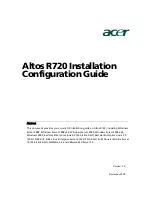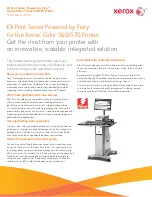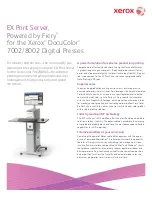
Installing CloudSystem 48
Installing CloudSystem
If you ordered CloudSystem, the CloudSystem installation utility is pre-installed on the system. Before you
run the installation utility, you must have successfully completed the steps to configure the HC380 using
OneView InstantOn.
The CloudSystem installer assumes the following:
•
The HC380 system has not been modified (networking, storage, etc.) since the OneView Instant On
deployment was completed.
•
The user has an understanding of the CloudSystem networking requirements and has completed
HPE Helion CloudSystem 9.0 Network Planning Guide
found on the Hewlett Packard Enterprise
website (
http://www.hpe.com/info/CloudSystem/docs
•
The preinstallation worksheet ("
) has been completed for CloudSystem.
•
Networking configurations in the top-of-rack (TOR) switches have been completed. If the Data
Center Management (DCM) network VLAN is not plumbed through the top-of-rack switches, then
during the installation process it is likely communication with vCenter or ESXi hosts will be lost and
the installation process will fail.
•
The MySQL JDBC driver has been downloaded and accessible from the management VM.
•
Each ESXi server has SSH enabled.
Limitations
•
Only local vCenter (running at the HC380 Management VM) is supported for CloudSystem
installation. The installation process is expecting specific free physical network interface cards
(NICs) on the ESXi hosts managed by vCenter.
•
The ESXi management network needs to reside on a VLAN-tagged network. This is a CloudSystem
requirement.
•
When expanding nodes, manual steps are required when connecting to the environment enabled for
CloudSystem. The installation process migrates the management network from a flat to
VLAN-tagged network, and is migrated from a standard vSphere switch to a distributed vSphere
switch. During the expansion process, before the OneView InstantOn expansion process is run on
new ESXi hosts, the networking needs to be migrated in a similar process.
















































